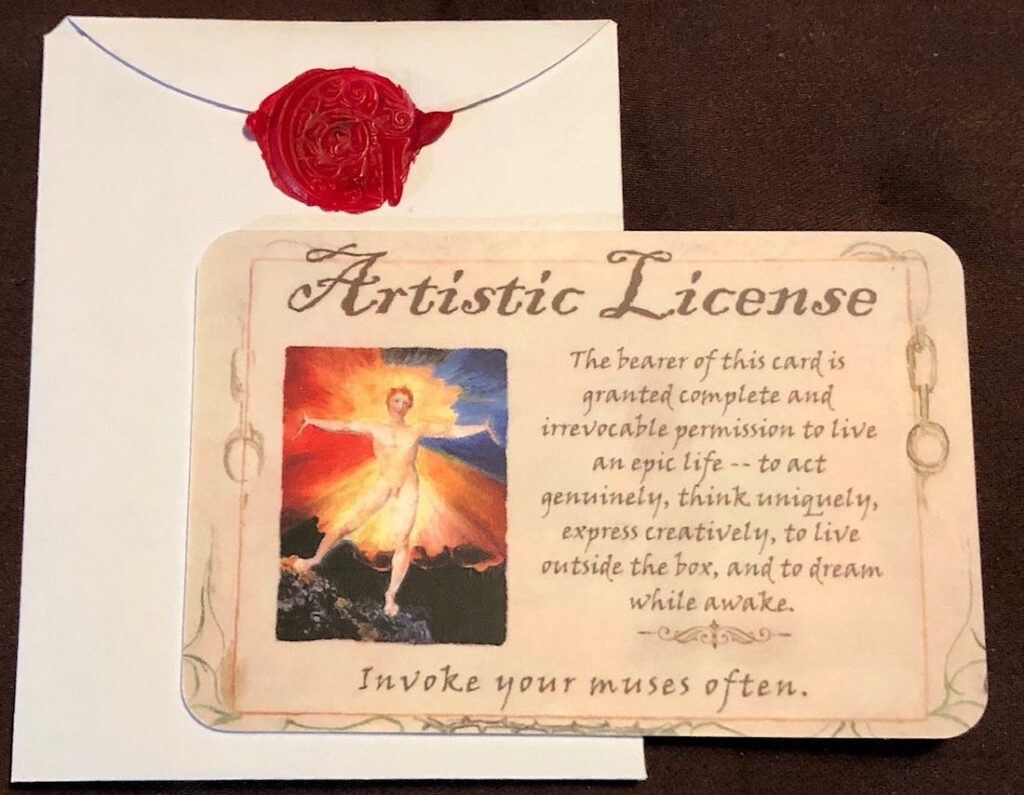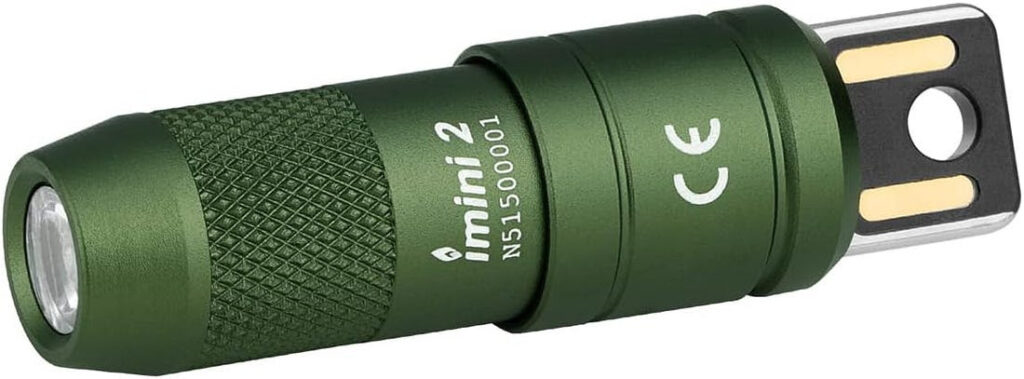Replacing the Polarized Film on a Resin Printer
Gareth's Tips, Tools, and Shop Tales - Issue #90
My house sold (in 4 days)! So, now it’s packing and moving. Again, I I will try and keep the presses running on newsletters, but if you don’t see one in the near future, that’s why. Thanks again for your patience.
Replacing the Polarized Film on a Resin Printer
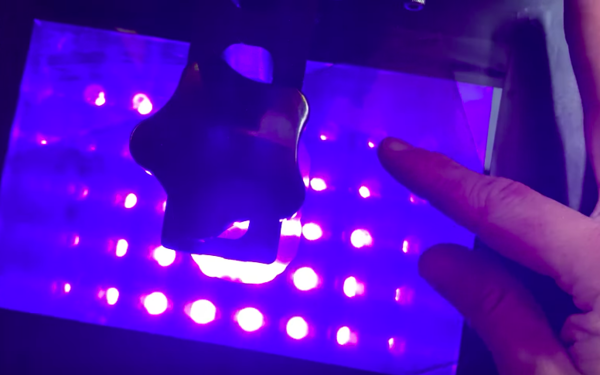
Don’t forget to properly align the polarized film.
So, what happens when you get a scratch on the polarizing film on your resin printer and resin leaks and cures on your projector glass? Well, according to Make:‘s Caleb Kraft, it ain’t pretty. In this quick tip video, he explains the trial and error process he went through in cleaning up after such an accident, how to replace the film, and what film he ended up using.
Making a Table Stable

Mistaking the table for the floor.
You know the drill. You’re at a restaurant or bar and the table wobbles, so you or your server shoves a matchbook or napkin under a leg. Wrong! As this video explains, it’s not the table legs that are likely different lengths, it’s likely the floor that is uneven. To stabilize, simply turn the table a quarter turn to find more level ground. Coincidentally, right after seeing this video, my fiance Angela and I were at an outdoor restaurant with a wobbly table. Our server came up, twisted the table a few inches. Problem solved.
Know Your Hammer Heads

When everything looks like a nail.
Don’t know your sledge from a dead blow? A cross-pein from a ball-pein? Consult this handy chart.
The Fascinating Origins of WD-40
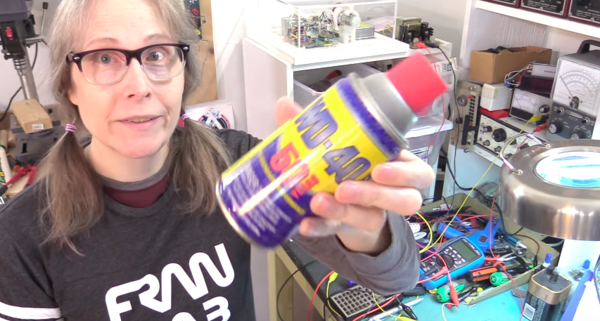
A “water displacement” formula that took 40 tries.
In this Fran Lab video, Fran Blanche talks about the origins of WD-40, what it is actually for, and how people misuse it. I was aware of some of this (e.g. the WD stands for “Water Displacement” and it was the 40th attempt at the formula, hence WD-40). And I knew it was developed for rockets, but I was not aware of exactly how it was used on the Titan to prevent ice from sticking to the rocket. I also don’t think I ever knew exactly how the pressurized “balloon tank” technology on the Titan worked. Fascinating stuff. Like many makers, Fran advises against using WD-40 as a general purpose lubricant. She recommends sewing machine oil or other multi-purpose oil.
Skill Set: Making a Block Mold
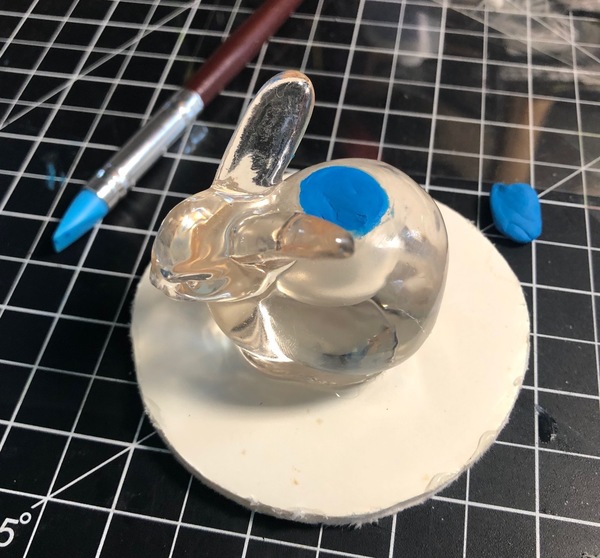
Mounting the bunny on the base and filling in the candle hole with clay.
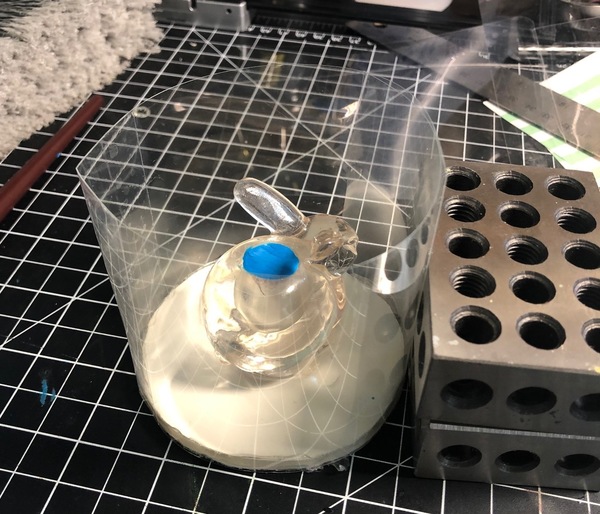
This bunny is ready for molding.
Scissors: Cloth or Die!
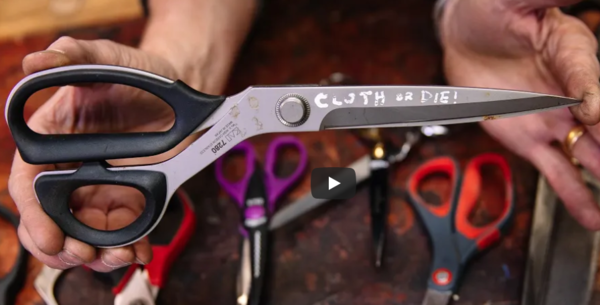
Never cut paper with scissors meant for cloth.
The big takeaway here is to NEVER use fabric scissors to cut anything but fabric. I chuckled at his “Cloth or Die!” label. Last year, I put out a call here for “Touch = Die!” tools – tools that are so precious to you that you don’t want anyone else to even touch them. I got near-zero submissions. Cloth scissors would be a worthy candidate.
Notable Quotables
“If you are lucky enough to have a creative career, the two phases of employment are: ‘I am so busy, I am a shell of a human” and “I will never have a job ever again’.”
-Actor and comedian, Melissa Hunter
Toys!

OK, they look super-dorky but they get the job done.
Recently, on Cool Tools, John Ward looked at a magnifying lamp and a magnifying headset. I concur on both. I have the exact same magnifying visor (in fact, I’m wearing it in the photo that accompanies this newsletter). I love it. And at under $20, it’s a heck of a deal. I think I even got it for sale for under $15.
Shop Talk
Justin G writes:
“Regarding Jason Duerr’s comments about shop gloves, he describes specific gloves as 3mm or 8mm. I found that very confusing, since gloves that thick would be very difficult to move in. I followed the link for one and discovered that the gloves were marketed as “8 mil” and immediately realized the problem. Please remind your readers that “mil” is a confusing shortcut for “one-thousandth of an inch”, or 0.001 inch, NOT millimeter. So those gloves were actually 0.008 inches thick or 0.2 mm.”
***
It was Richard Whitney who shared the silicone eye cup tip. Thank you, Richard!
In response to that tip, reader DPrang writes:
An option I use instead of special eye cups, are just normal shot glasses for washing out eyes.
06/3/21





